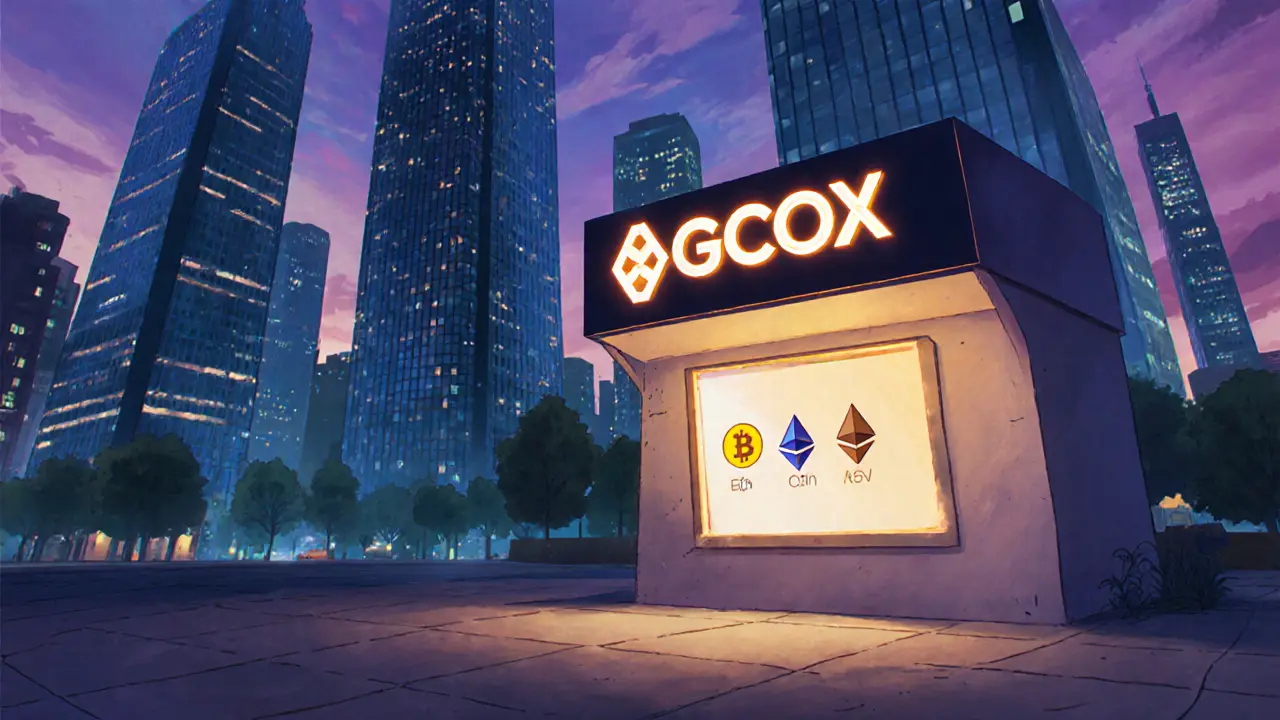Crypto Exchange Risk: What You Need to Know
When dealing with crypto exchange risk, the chance of losing funds or running into problems while using a digital asset platform. Also known as exchange danger, it covers many angles that affect traders of any skill level.
One of the biggest worries is exchange security, how well a platform protects user assets from hacks, insider theft, or software bugs. A breach can wipe out balances in minutes, so you’ll hear stories of hot wallets being drained, API keys compromised, and phishing attacks targeting users. Another key piece is liquidity risk, the possibility that a market doesn’t have enough depth to fill large orders without huge price slippage. Low‑liquidity pairs can leave you stuck with a position you can’t exit at a reasonable price, especially during volatile spikes. Crypto exchange risk also intertwines with regulatory compliance, whether a platform follows local laws, holds required licenses, and implements anti‑money‑laundering measures. Non‑compliant exchanges may be shut down overnight, freezing funds and exposing users to legal gray areas.
Why Fees and Platform Features Matter
Fees are more than a cost sticker; they’re a risk factor too. exchange fees, the charges taken on trades, withdrawals, and sometimes even deposits, can quietly erode profits. Hidden maker‑taker spreads, tiered fee structures, or sudden fee hikes catch many traders off guard, especially when they switch from a low‑fee DEX to a centralized hub. Understanding the fee model helps you calculate true net returns and avoid surprise losses. Platform features like two‑factor authentication, cold‑storage ratios, and real‑time monitoring tools also influence risk. A service that offers robust KYC/AML checks may feel invasive, but it often signals stronger regulatory alignment and better overall security practices.
Putting all these pieces together creates a clear picture of how crypto exchange risk shapes your trading decisions. If an exchange scores high on security, offers deep liquidity, stays compliant, and keeps fees transparent, the risk profile drops dramatically. Conversely, a platform that neglects any of these areas raises red flags that should make you pause before depositing large sums. The trade‑off often comes down to convenience versus safety—something each trader needs to weigh based on their own risk tolerance and investment horizon.
Below you’ll find a curated collection of reviews, guides, and deep dives that break down each of these risk components. From detailed security audits of newer exchanges to side‑by‑side fee comparisons, the articles will give you actionable insights to evaluate any platform before you commit your capital. Use this knowledge to build a safer trading strategy and stay ahead of the pitfalls that most users overlook.
GCOX Crypto Exchange Review: Risks, Features, and Why It Falls Short
A deep dive into GCOX crypto exchange reveals its tiny three‑pair offering, missing security, no licensing and high fraud risk, helping investors decide if it's worth using.
